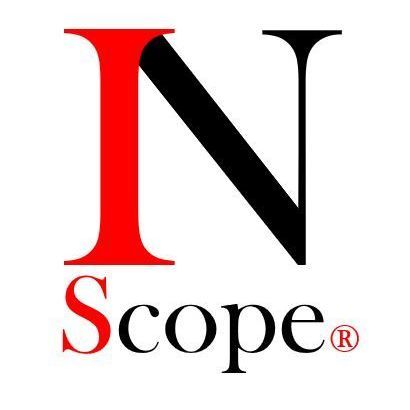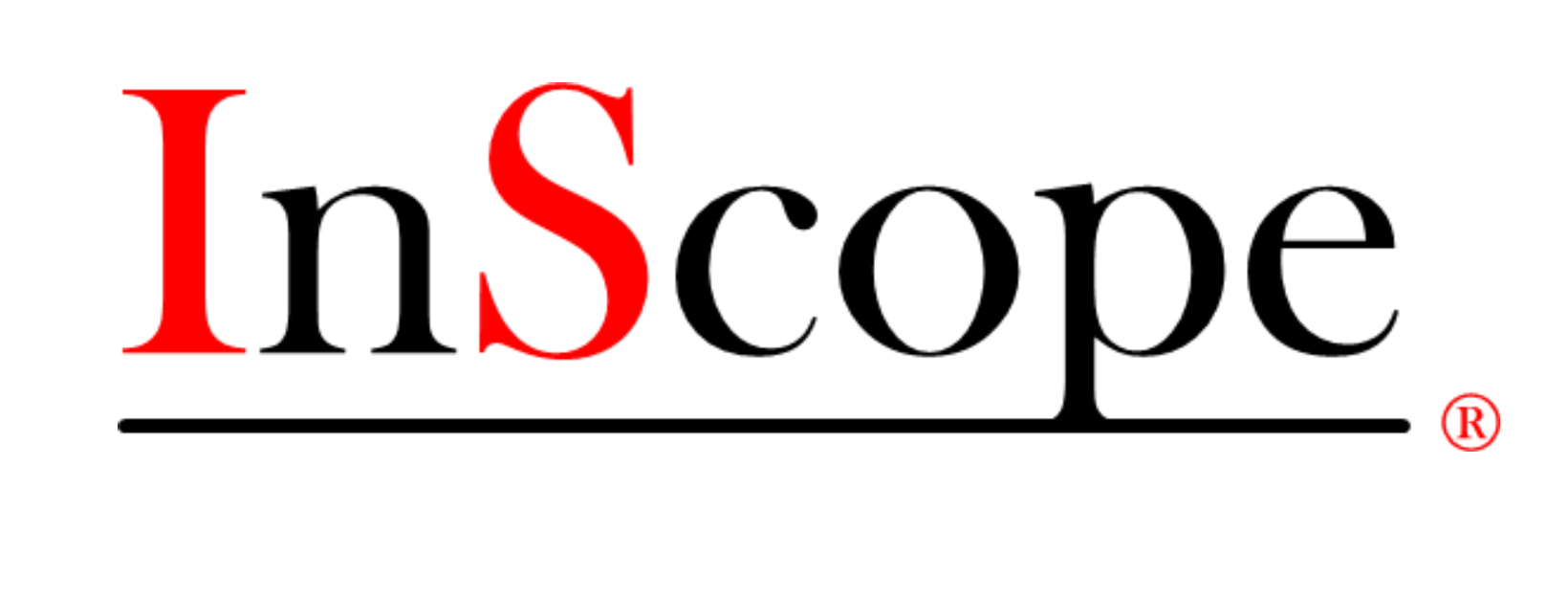Building Networks for Tomorrow: Your Network Cabling Installation Experts.
InScope's network of technicians are on call and ready to assist.
Call Today: (888) 944-5219 Email: service@inscopeusa.com
2016
Founded
A+
BBB Accredited
700+
Clients
5,700+
Projects Nationwide
Network Cabling in Healthcare facilities and medical clinics: In the realm of healthcare, particularly within medical clinics, a well-orchestrated network infrastructure is pivotal not just for current operational support but also for scalability to integrate future healthcare technologies. Here's how these aspects are tailored for the medical industry:
Network Infrastructure in Medical Clinics:
- Local Area Network (LAN): Critical for seamless connectivity among medical devices like electronic health record systems, diagnostic equipment, and staff computers. Ensures quick access to critical patient data and efficient data transfer.
- Wireless Access Points: Provide mobility to healthcare professionals, allowing them to access patient records, communicate, and use mobile diagnostic tools with minimal disruption. The backbone of these wireless systems still relies heavily on robust Ethernet connections.
Security Systems Integration in Healthcare
- CCTV Cameras: Vital for monitoring and securing medical facilities, ensuring patient safety and compliance with regulations. These require reliable cabling for continuous, high-quality video feeds.
- Access Control Systems: Essential for maintaining HIPAA compliance and security, these systems manage access to sensitive areas like pharmacies, labs, and patient records rooms, often using Ethernet for control and monitoring.
Telecommunications for Healthcare Providers
- Telephone Systems: Including VoIP for efficient internal and external communication, which is crucial for patient consultations, emergency calls, and administrative tasks. Proper cabling ensures clear and uninterrupted communication.
- Intercoms: Facilitate quick, direct communication between departments or emergency calls within the clinic, supported by reliable network infrastructure.
Guest Wi-Fi in Medical Facilities:
- Separate Network Segments: Implementing isolated networks for guest Wi-Fi is crucial for patient data security. This setup often involves specialized cabling to ensure no crossover with the main network.
Specialized Patient and Staff Terminals:
- Patient Kiosks and Staff Stations: These terminals might handle sensitive information, requiring secure, high-speed connections to central servers for real-time updates on patient records, appointment scheduling, or healthcare application management.
Conference Room Technology for Medical Meetings
- Audio-Visual Equipment: High-definition video transmission via HDMI or similar standards is crucial for educational sessions, staff training, or telehealth consultations.
- Video Conferencing: Ensures that medical professionals can collaborate or consult remotely without compromising on the quality of communication, which depends on robust network cabling.
Backup and Redundancy Systems:
- UPS and Redundancy: Critical for maintaining operations during power failures, these systems ensure that life-saving equipment and data centers remain operational. Management and monitoring of these systems often require dedicated network connections.
Printer & Scanner Connections for Medical Documentation:
- Direct Ethernet Connections: High-speed, reliable connections for printing medical images, documents, or labels. These ensure that critical medical documentation is readily available and accurately reproduced.

